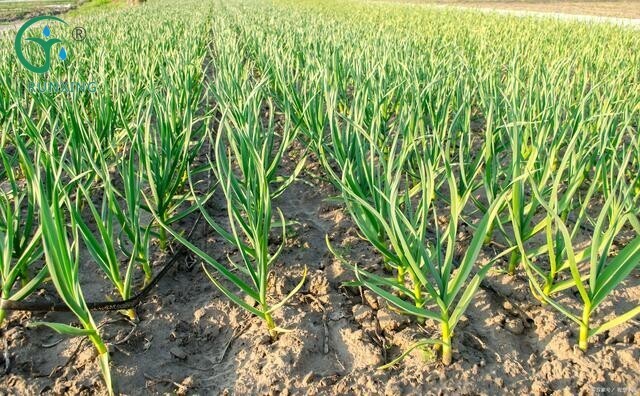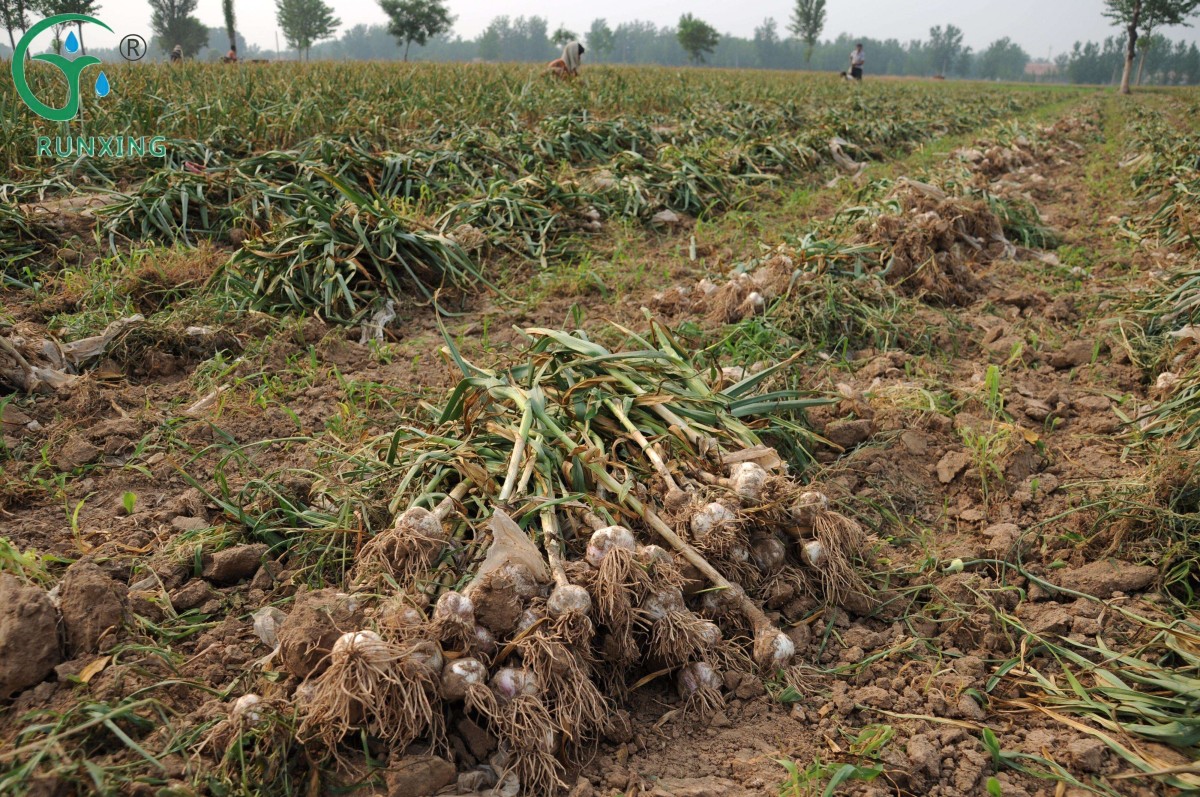Garlic Cultivation: The Importance of Drip Irrigation and Efficient Growing Tips
Hello everyone, welcome to our agricultural science platform. Today, we will delve into whether drip irrigation is necessary for garlic cultivation, and provide detailed information on the required drip irrigation equipment, installation methods, as well as more efficient planting techniques. We hope this information will aid you in better understanding and practicing garlic cultivation.

Does Garlic Cultivation Require Drip Irrigation?
Garlic, as an economic crop, has a relatively long growth cycle and substantial water needs. Especially during the bolting and bulb enlargement stages, the demand for water peaks. Therefore, drip irrigation facilities are particularly crucial in garlic cultivation. Drip irrigation not only precisely controls the amount of water but also ensures that water is directly delivered to the garlic roots, improving water use efficiency and reducing the occurrence of diseases.
What Drip Irrigation Equipment is Needed?
The drip irrigation system primarily consists of a water storage tank, water pipelines, and drip components. The water storage tank should be positioned approximately 1.5 meters above the ground and water is injected through a micro pump. The water pipelines direct water from the storage tank to the garlic cultivation area, typically including main and branch pipes, with drip irrigation tubes directly installed on the branch pipes. The drip components mostly use polyethylene plastic film drip irrigation tapes with rows of tiny drip holes. When the water pressure reaches a certain level, water drips into the soil through these holes.
How to Install Drip Irrigation Equipment?
When installing drip irrigation equipment, ensure that the water storage tank and water pipelines are positioned reasonably for easy operation and maintenance. Then, lay the drip irrigation tubes according to the width and length of the planting beds, ensuring each bed receives uniform water supply. During installation, maintain the flatness and tightness of the drip irrigation tapes to prevent leakage and water accumulation.
How to Better Cultivate Garlic?
Choose the Right Variety:Select garlic varieties suitable for the local climate and market demand.
Soil Preparation: Garlic is not strict about soil requirements, but preferably choose fertile, loose, and well-drained sandy loam soil. Before planting, conduct deep tillage and fine preparation to ensure the soil is fine, flat, and incorporate sufficient organic and compound fertilizers.
Reasonable Planting Density: Determine the appropriate planting density based on garlic variety characteristics. Generally, early-maturing varieties can be planted denser, while late-maturing varieties should be planted sparser. Maintain uniform spacing between plants to ensure each garlic plant receives adequate sunlight and nutrients.
Timely Watering: Garlic requires sufficient water during growth, but too much or too little water can affect its growth. Therefore, water according to weather conditions and soil moisture. Especially during the bolting and bulb enlargement stages, ensure the soil is moist but avoid waterlogging.
Pest and Disease Control: In garlic cultivation, pay attention to pest and disease control, especially for underground pests like garlic maggots. Adopt a combination of agricultural, biological, and chemical control methods to ensure garlic's healthy growth.
Growing Tips
Mulching with Plastic Film: Mulching with plastic film can increase soil temperature, maintain soil moisture, and suppress weed growth, which is very beneficial for garlic growth. However, be sure to release the seedlings in time to avoid burning them with the plastic film.
Reasonable Fertilization: During garlic growth, fertilize according to its growth needs and soil fertility. Especially during the bolting and bulb enlargement stages, apply sufficient nitrogen, phosphorus, and potassium fertilizers to meet garlic's growth demands.
Timely Harvesting: When garlic leaves turn yellow and the pseudostem becomes loose, it indicates that garlic is ripe. Harvest in time to avoid quality decline due to prolonged exposure in the soil.

That's a detailed introduction on the importance of drip irrigation facilities, required equipment, installation methods, and efficient planting techniques and precautions for garlic cultivation. We hope this information helps you better cultivate garlic, improving yield and quality. Wish you abundant harvests in garlic cultivation!
If you have any needs, please contact us.
About Us
We are dedicated to offering innovative, water-saving, and labor-saving irrigation solutions for agriculture worldwide. Our focus on quality and continuous innovation drives the development and progress of the industry
LOGO
This stunning beach house property is a true oasis, nestled in a serene coastal community with direct access to the beach.
Opening Hours
Monday - Friday : 9AM to 5PM
Sunday: Closed
Closed during holidays
Contact
+18888888888
hezuo@eyingbao.com123 West Street, Melbourne Victoria 3000 Australia
